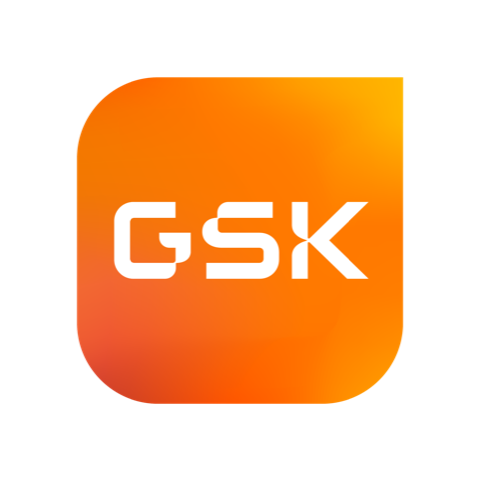Patient Power: Myeloma Treatment in the Age of Immunotherapies

Watch the Patient Power Video
What does myeloma treatment look like in the age of immunotherapies? Jenny Ahlstrom, Founder of the Myeloma Crowd hosts three amazing myeloma specialists including Dr. Nina Shah (UCSF), Dr. Faith Davies (NYU) and Dr. Larry Anderson (UT Southwestern) who join the panel for a Patient Power discussion about this important topic.
The discussion reviews the latest findings on CAR T technology, like how to lengthen responses by using CAR T earlier in the process, better selection of the right dose, using two CART targets together and other strategies. One key finding is that patients with healthier T cells do better on these treatments and newly diagnosed patients have stronger T cells in general. Slots are still hard to find for these clinical trials, so joining a study may a challenge. Patients should research these in advance and be willing to travel.
BiTE (bi-specific antibodies) are also in rapid development, with most therapies going after the BCMA target. These could be used in place of CAR T, especially if their myeloma is progressing quickly because these are an off-the-shelf product.
Antibody drug conjugates (ADC) are another off-the-shelf option that are in development. These ADCs may offer less cytokine release syndrome than CAR T or the BiTEs, so they may be better for frail patients.
Monoclonal antibodies like daratumumab, elotzumab and isatuximab are still being successfully used in the clinic. These drugs are now being used earlier in the clinic and in combination and sometimes as maintenance therapy. Patients have more choices of maintenance therapy with proteasome inhibitor or immunomodulators (or those in combinations).
Minimal residual disease (MRD) testing will evolve over time and hopefully be used as a clinical trial endpoint. It is still unknown what patients should do once they reach a MRD negative status. As we learn more about patients who are MRD negative or positive after therapy, it will help the experts determine when to keep going or stop treatment. But MRD testing isn't just a one-time thing. Results over time will help identify how well a patient is doing.
New testing is getting better with a new technology called mass spectometry which can be more sensitive than the flow testing. This would be a blood test that could be helpful in testing what is going on in the entire patient, not just in the hip bone.
The experts share more about additional drug classes like venetoclax and selinexor in this fascinating discussion about recent myeloma therapy advances. There is no question that there is exciting work being done in myeloma and great progress being made.
Know your options for clinical trials! You can use HealthTree to find clinical trials (which has partnered with SparkCures) that are personally relevant. (This takes a list of 450 open myeloma trials down to a personalized list of 10-20).
Watch the Patient Power Video
What does myeloma treatment look like in the age of immunotherapies? Jenny Ahlstrom, Founder of the Myeloma Crowd hosts three amazing myeloma specialists including Dr. Nina Shah (UCSF), Dr. Faith Davies (NYU) and Dr. Larry Anderson (UT Southwestern) who join the panel for a Patient Power discussion about this important topic.
The discussion reviews the latest findings on CAR T technology, like how to lengthen responses by using CAR T earlier in the process, better selection of the right dose, using two CART targets together and other strategies. One key finding is that patients with healthier T cells do better on these treatments and newly diagnosed patients have stronger T cells in general. Slots are still hard to find for these clinical trials, so joining a study may a challenge. Patients should research these in advance and be willing to travel.
BiTE (bi-specific antibodies) are also in rapid development, with most therapies going after the BCMA target. These could be used in place of CAR T, especially if their myeloma is progressing quickly because these are an off-the-shelf product.
Antibody drug conjugates (ADC) are another off-the-shelf option that are in development. These ADCs may offer less cytokine release syndrome than CAR T or the BiTEs, so they may be better for frail patients.
Monoclonal antibodies like daratumumab, elotzumab and isatuximab are still being successfully used in the clinic. These drugs are now being used earlier in the clinic and in combination and sometimes as maintenance therapy. Patients have more choices of maintenance therapy with proteasome inhibitor or immunomodulators (or those in combinations).
Minimal residual disease (MRD) testing will evolve over time and hopefully be used as a clinical trial endpoint. It is still unknown what patients should do once they reach a MRD negative status. As we learn more about patients who are MRD negative or positive after therapy, it will help the experts determine when to keep going or stop treatment. But MRD testing isn't just a one-time thing. Results over time will help identify how well a patient is doing.
New testing is getting better with a new technology called mass spectometry which can be more sensitive than the flow testing. This would be a blood test that could be helpful in testing what is going on in the entire patient, not just in the hip bone.
The experts share more about additional drug classes like venetoclax and selinexor in this fascinating discussion about recent myeloma therapy advances. There is no question that there is exciting work being done in myeloma and great progress being made.
Know your options for clinical trials! You can use HealthTree to find clinical trials (which has partnered with SparkCures) that are personally relevant. (This takes a list of 450 open myeloma trials down to a personalized list of 10-20).
about the author
Jennifer Ahlstrom
Myeloma survivor, patient advocate, wife, mom of 6. Believer that patients can contribute to cures by joining HealthTree Cure Hub and joining clinical research. Founder and CEO of HealthTree Foundation.
More on Treatment Advances
Trending Articles




Get the Latest Multiple Myeloma Updates, Delivered to You.
By subscribing to the HealthTree newsletter, you'll receive the latest research, treatment updates, and expert insights to help you navigate your health.
Together we care.
Together we cure.
3x Faster.











